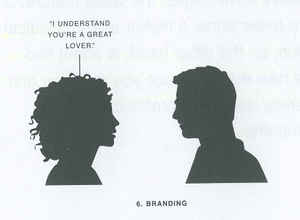
I was recently replacement-part shopping for my broken grill, when I saw just how many different grills there are to choose from. And choice is good. Right?
When it comes to trivial choice, I’m not sure it’s good. In the US when you go to elect a president you get 2 choices. When you go to buy a grill you get dozens of models from dozens of manufacturers from a dozens of retailers. This picture is of the 16 nearly indistinguishable Weber grills available at HomeDespot.com.
While a good steak is obviously important, I’m not sure it’s in the same league as choosing a national leader.
Political absurdities aside, this got me wondering about waste and cost. What are the incremental costs associated with designing, manufacturing, assembling, delivering, retailing and supporting such an unnecessary variety of products? How much cheaper would my grill have been had the manufacturer made only 3 models?
Are there really so many contexts for grilling that this variety really is necessary?
Take Apple’s merchandising for example. In virtually each and every one of their hardware products you get three choices: small, medium and large. And it seems this is quite enough to keep all their customers happy.
Granted most of the components used to assemble each grill are probably identical across product models with some minor variations. But material costs are a small fraction of the cost of goods sold—and it’s all these other costs that scale with the variety of models. Everything from assembly lines, to training, to packaging and shipping scales with variety. Retailers need more complex systems to handle the variety, more space to show it, and again more training to ensure staff know all the subtle differences.
This leads me to my big question:
As the west bleeds manufacturing to China due to cost, couldn’t manufacturers (of everything, not just grills) keep more production here and closer to consumers by cutting unnecessary costs like those inherent in offering too much trivial choice?





